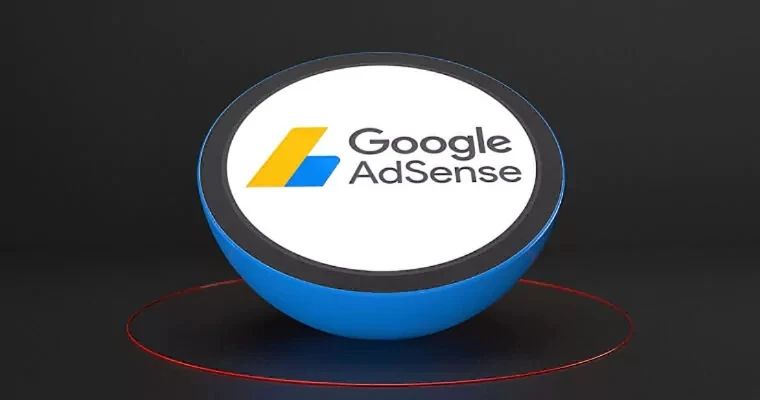Many Google AdSense publishers have been experiencing significant declines in their earnings and RPMs (page revenue per thousand impressions) since late February. This sudden drop has left publishers concerned and seeking answers. In this blog post, we’ll explore the reasons behind these RPM drops and provide insights on how to mitigate their impact.
Google AdSense Publishers Reporting Huge RPM Earnings Drops

What is RPM?
Before diving into the details, let’s clarify what RPM actually means. RPM stands for Revenue Per Mille (or per thousand impressions). It’s a crucial metric for publishers, as it directly affects their overall revenue. The formula for calculating RPM is:
[ \text{Page RPM} = \frac{\text{Estimated earnings}}{\text{Number of page views}} \times 1000 ]
In other words, it represents the revenue a publisher earns for every 1000 ad impressions on their website.
The Reports of Declining RPMs
The first reports of declining RPMs emerged in late February, with publishers claiming drops of 70% or more in their earnings and RPM. Here are some quotes from affected publishers:
- “My earnings and RPM dropped around 50-70% suddenly three days ago. Traffic and impressions are normal, and ads are showing.”
- “Earnings have dropped by 85% without changing anything and with the same number of visitors.”
- “RPM dropped 90% within two weeks.”
- “Big problems with Google RPM… -74%!”
Possible Causes
Several factors could contribute to these sudden RPM declines:
- Algorithm Changes: Google’s algorithms are constantly evolving. While the switch from CPC (cost-per-click) to CPM (cost-per-mille) bidding in AdSense didn’t negatively affect publishers initially, subsequent updates might have impacted RPMs.
- Invalid Traffic: Some publishers reported issues related to invalid traffic. Google’s efforts to combat fraudulent clicks and impressions could inadvertently affect legitimate publishers.
- High Traffic: Surprisingly, high traffic can sometimes lead to lower RPMs. As more ads are displayed to users, the value of each individual session decreases for the publisher.
Mitigating the Impact
While some fluctuations are inevitable, publishers can take certain steps to mitigate the impact of declining RPMs:
- Monitor Performance: Regularly track your RPMs and analyze any sudden drops. Identify patterns and investigate further.
- Quality Content: Focus on creating high-quality content that engages users. Relevant and valuable content can improve user experience and indirectly boost RPMs.
- Ad Placement: Optimize ad placement on your website. Experiment with different positions and formats to find what works best for your audience.
- AdSense Revenue Calculator: Use Google’s AdSense revenue calculator to estimate potential earnings per click. Adjust your strategy accordingly.
Conclusion
Google AdSense publishers facing RPM drops should stay informed, adapt to changes, and continue providing valuable content. While challenges exist, proactive measures can help maintain a healthy revenue stream.
Remember, RPM fluctuations are part of the digital advertising landscape, but understanding the causes and taking informed actions can make a difference.

